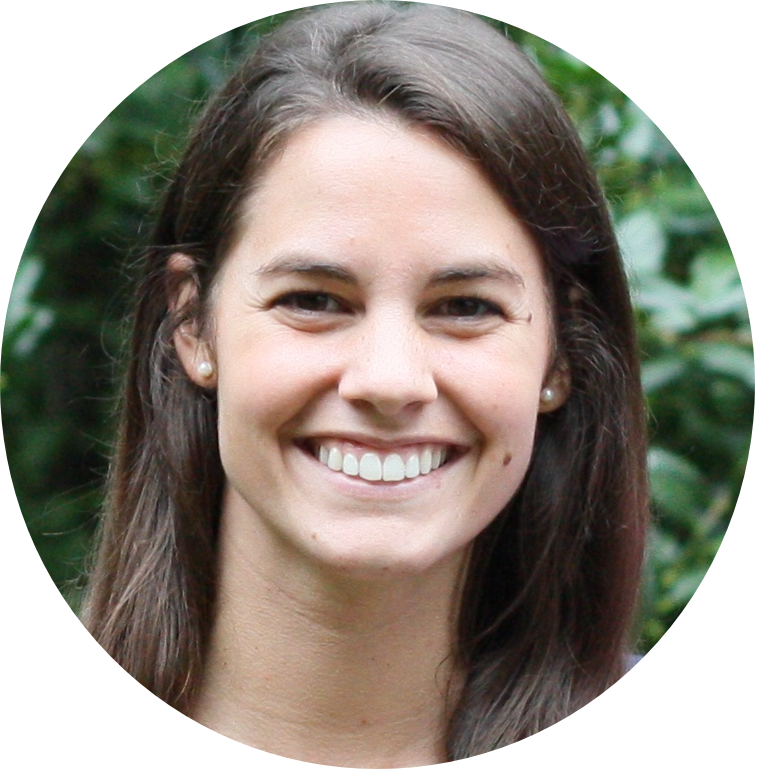The idea that blind generosity can cause harm is not a new one. It’s easy to point to examples of how my gift of five dollars to a complete stranger may hurt someone else. It’s not difficult to see how that gift may hurt me—the giver—as I sit comfortably in my home patting myself on the back for the good I’ve done. And in a world that’s getting smaller and more digital, my decisions can have an impact disproportionate to the thought I put into them.
When Helping Hurts stands out with the foundation it gives for understanding what it means to be made in the image of God, and what “help” looks like based on that understanding. From this starting point, the decisions I make regarding how to interact with the beggar in my city and the NGO on the other side of the world have deeper meaning.
In the Image of God
Co-authors Fikkert and Corbett suggest that to be created in the image of God is to be able to reflect God’s relational character. To be human, then, is to manifest four foundational relationships: One’s relationship with the divine, with self, with community, and with the rest of creation.
When these relationships are functioning properly, people are able to fulfill their callings of glorifying God by working and supporting themselves and their families with the fruit of that work (53).
The reality is, these relationships rarely function properly. Brokenness, corruption, sin, selfishness—each of these things are evidence of what’s wrong in the world and affect more than one relationship. My sin is never just about my relationship with God. It also affects my relationship with myself, and just as likely hurts my relationship with other people and the rest of creation.
So What is Poverty?
In the West we generally understand poverty to be a lack of material resources. This is part of poverty, but doesn’t tell the whole story. Bryant Myers, author of Walking With the Poor, helps:
Poverty is the result of relationships that do not work, that are not just, that are not for life, that are not harmonious or enjoyable. Poverty is the absence of shalom in all its meanings (86).
By this definition, poverty of stewardship (or material poverty) goes right alongside poverty of spiritual intimacy, poverty of being, and poverty of community. Also, by this definition, we’re all poor in some way. What’s interesting is that studies among materially poor people have shown that, deep down, poverty of community and poverty of being are just as significant the actual lack of resources.
Maybe the most important point of the book is that, until we embrace our mutual brokenness, our efforts to help someone are likely to do more harm than good. This is true for the person that asks us for money at the gas station as well as for the mission trip designed to help “those poor people” in Latin America.
What does Poverty Alleviation Look Like?
What, then, is poverty alleviation? Again, the foundational understanding of what it means to be human is everything:
Poverty alleviation is the ministry of reconciliation: moving people closer to glorifying God by living in right relationship with God, with self, with others, and with the rest of creation.
Taking that one step more specific, material poverty alleviation is:
Working to reconcile the four foundational relationships so that people can fulfill their callings of glorifying God by working and supporting themselves and their families with the fruit of that work.
So that’s the starting point. And this is all in Part I of the book. I told you this book is really, really good.
The Rest:
Parts II, III, and IV are all about moving forward by doubling down on our desire as individuals and groups to make the world a better place. Here are some highlights:
There is a significant difference between relief, rehabilitation, and development. Much of what is called “development work” is actually relief. While relief work does have its time and place, it’s essential to move quickly from the initial period of relief into rehabilitation and development, where both sides are working together toward long-term solutions. Chances are, if you find yourself in a chronic relief situation, it’s time to identify it as such, and to pause and think about the root of the problem and how to work toward long-term solutions.
What should development look like? Corbett and Fikkert talk about ABCD: Asset-Based Community Development. That’s when you start with a community’s assets and resources to move forward. Instead of coming into a community looking at what’s missing, deficient, and asking “what do you need?” the point is to come into a community and ask “what do you have?” A community’s existing talents and resources are key starting points for development toward long-term solutions.
If you live in the developed world and are reading this book, chances are you may have been on a mission trip. Don’t miss chapter 7: “Doing Short-Term Missions without Doing Long-Term Harm.” It’s provocative (the image given of the short-term missionary is that of an elephant dancing joyfully and unknowingly trampling communities). And it gives a number of straightforward suggestions for improving your mission trips.
Part III is all about economic development, both regarding microfinance and microsavings, as well as a macro view of the economic environment in the Majority World. You'll like this, especially if you're business-minded.
Finally, Part IV is all about taking what you’ve learned in the book and not getting discouraged. Many have read about all the mistakes we’ve made and come to the conclusion that we shouldn’t do anything at all. That’s stupid. There’s work to be done. There’s work that can be done. So be a learner, be repentant, embrace your own brokenness and reliance on Jesus as reconciler of all things, and get to work.
When Helping Hurts: How to Alleviate Poverty without Hurting the Poor, or Yourself by Steve Corbett and Brian Fikkert












